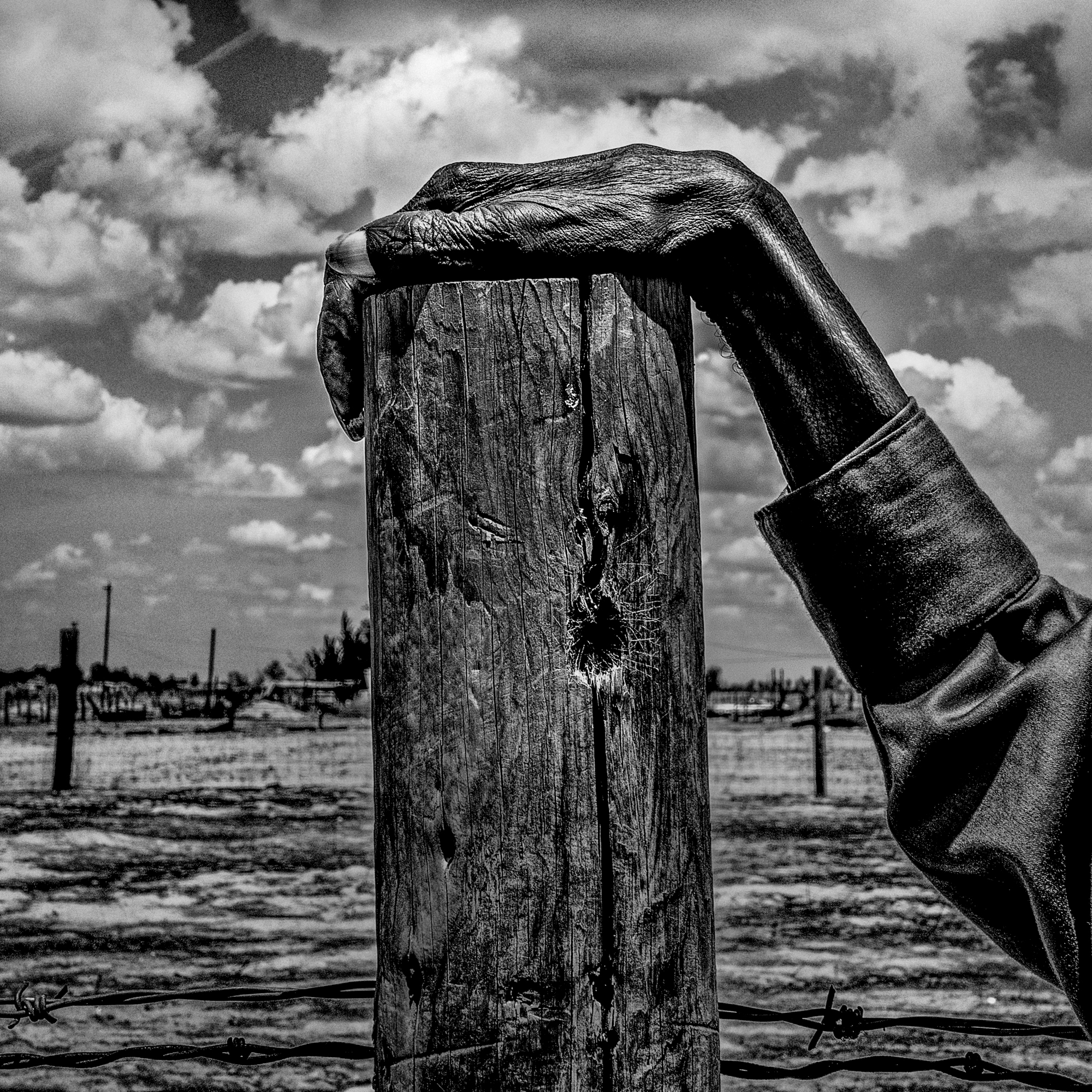FORT YATES, North Dakota — Phyllis Young was 10 when the great flood came in 1960. She watched from the hills that January day as the Missouri River swelled and then swallowed everything she'd ever known. She bit back tears as her family's chokecherry trees faded beneath the floodwater, and the ancient medicinal plants used by the elders swept away like suds in the wash.
Sacred burial grounds were swamped as well. Gone were the historic Lakota and Mandan villages along the lush river bottom where generations had grown gardens, hunted and subsisted off the earth.
One old man, Red Tomahawk, watched from a perch of his own that day, seeing his home drowned by both the rising river and the white man's unbridled ambition to tame what had been free.
Through the 1950s and into the early 1960s, the U.S. government seized hundreds of thousands of acres of prime native American tribal land as part of an aggressive plan to build several dams along the Missouri River Basin, including a long stretch of the river in North and South Dakota that ran through the Standing Rock Sioux Reservation. As part of that program, known as the Pick-Sloan Plan, hundreds of Indian families from various tribes were forcibly relocated and their way of life completely destroyed. The staggering poverty that resulted from the program lives on across the Dakotas today.
Red Tomahawk was one of the last holdouts on Standing Rock, refusing the demands of the Army Corps of Engineers and the Bureau of Reclamation to leave his home ahead of the planned flooding. According to locals, Red Tomahawk was eventually forced out at gunpoint.
In something of a prophecy, the old man knew then what many would realize soon enough: The government's massive land grab, the dams and flooding of the tribe's most valuable land would be a death knell to life as the tribe knew it.
"He stood on the hill and sang his death song," Young said of Red Tomahawk on that day. "He prepared for death because he had nothing left. We had nothing."
By the early 1960s, five large dams erected along the river inundated nearly 360,000 acres of land. One of the dams, the Oahe, flooded more than 200,000 acres on the Standing Rock Reservation and the Cheyenne River Reservation in South Dakota. Natural resources and wildlife along the river bottom were almost completely eradicated, including 90% of the tribes' timber, which also served as cover for wildlife. The tribe used the wood to build shelters and hunted the animals that lived in the forests for food. The tribe was able to live largely outside of the dollars and cents economy because it was able to source much of what it needed right there in the wilderness.
Entire towns were destroyed. Sacred ground, including gravesites and other places of spiritual significance, were lost.
"It completely stole our burials, our resources, our woods and a lot of the traditional plants," said Kelly Morgan, an archaeologist with the Standing Rock Sioux. "A complete lifeway degradation and families completely uprooted."
The tribes today contend they were never fully compensated for the lost assets or the relocations of their families. They say the seizure of the land was illegal and violated long-standing treaties between the federal government and the sovereign tribal nations.
Pick-Sloan has been heralded as one of the great engineering marvels, having harnessed the power of the Missouri River to convert it to usable energy. The project created vast economic opportunities for many along the river, including greater irrigation for farmers, expanded barge navigation and hydroelectric power.
But those affected most — the Native American tribes that dot the basin — benefited least. Their losses, in both economic and cultural assets, were a blow to an already beleaguered community still grappling for an economic foothold.
Such widespread loss meant the tribes developed a further dependence on the government. While the U.S. is bound by treaty obligations to protect Native rights and provide certain financial benefits to the tribes, often because of neglect, mismanagement and historic ill will, that relationship has often left tribes deeply vulnerable when it comes to economic, food and housing stability. That vulnerability, exacerbated by the impact of Pick-Sloan, continues today.
"We call it in the belly of the beast when it comes to development because we have given so much in terms of our land and our resources," Young said. "We allowed everyone in the world to come to our lands and prosper in our lands and we don't have anything to show for it. We only ask that we be allowed to continue to live in dignity in our own homelands."
To see the rest of the article and additional photographs on MSNBC, click here.

Education Resource
Meet the Journalist: Matt Black
The Geography of Poverty is a digital documentary project by photographer Matt Black combining...













